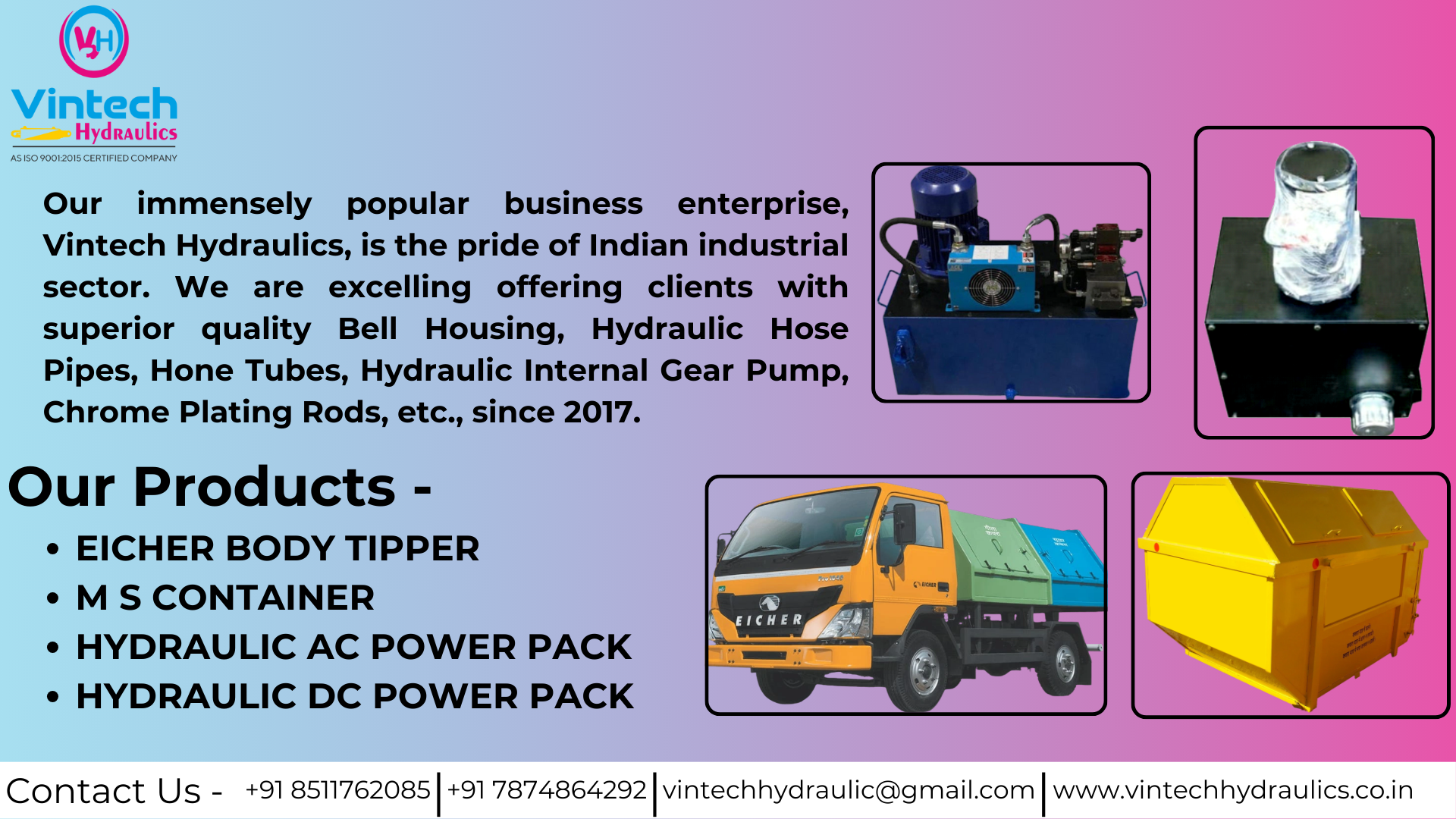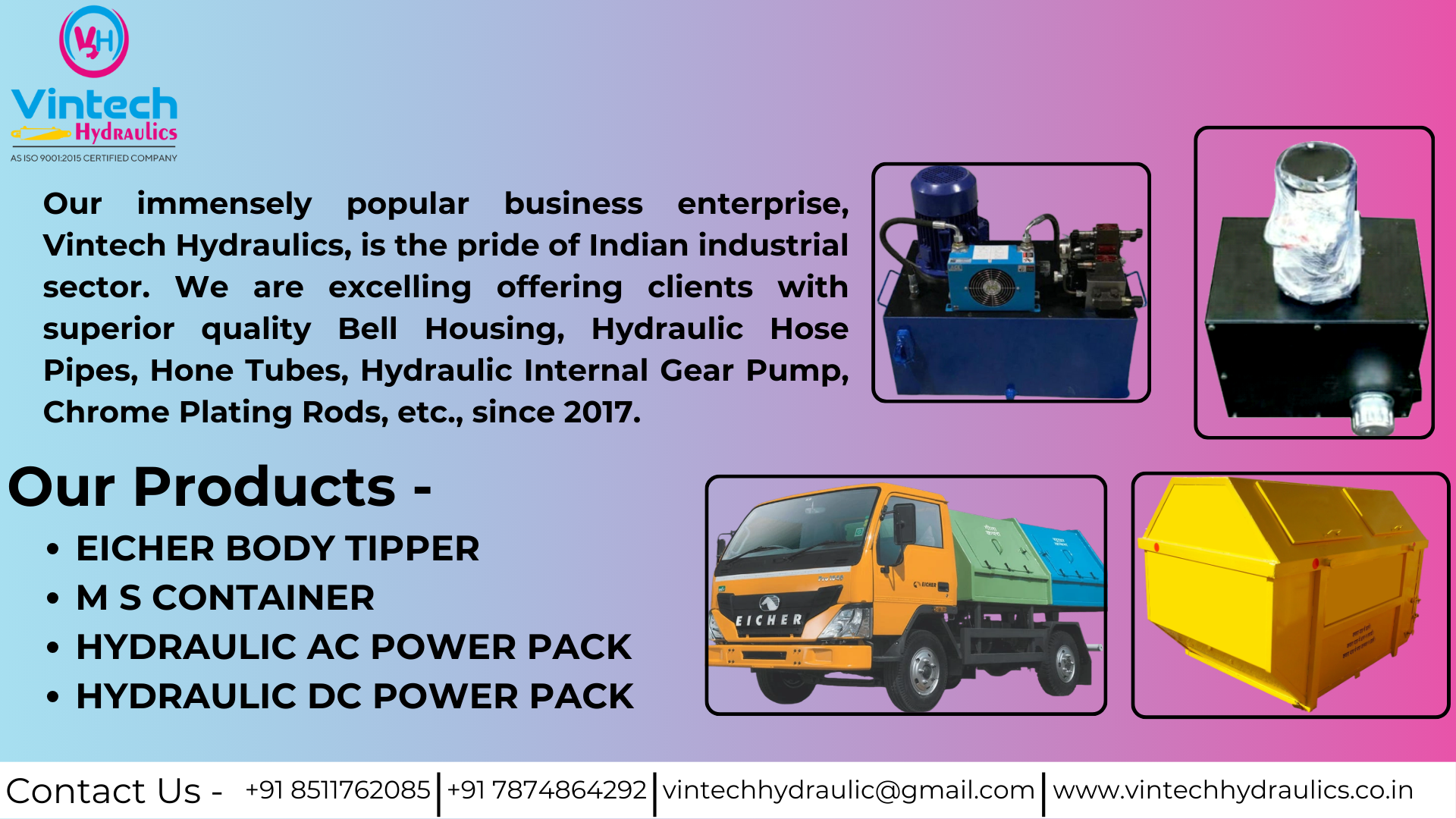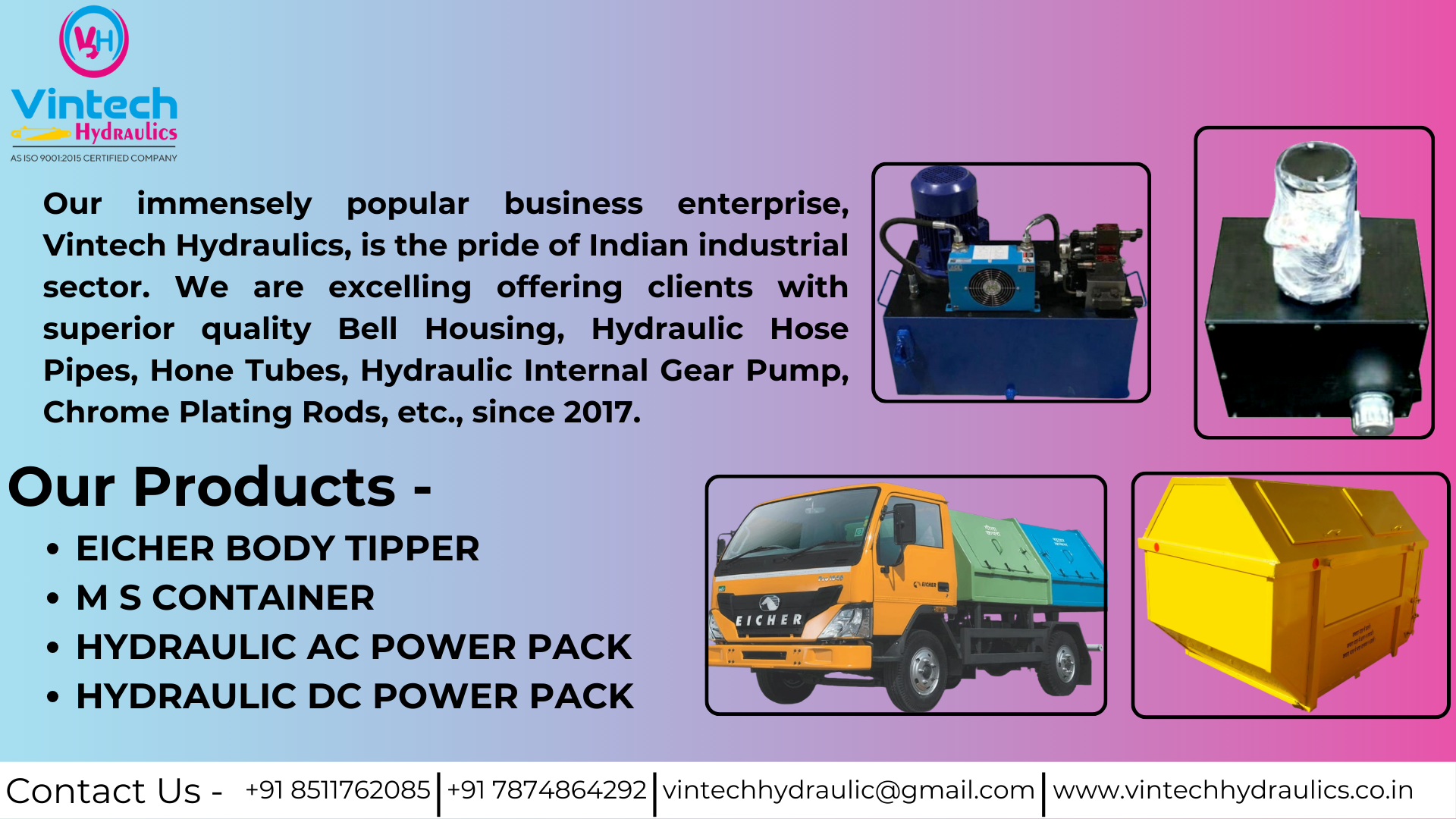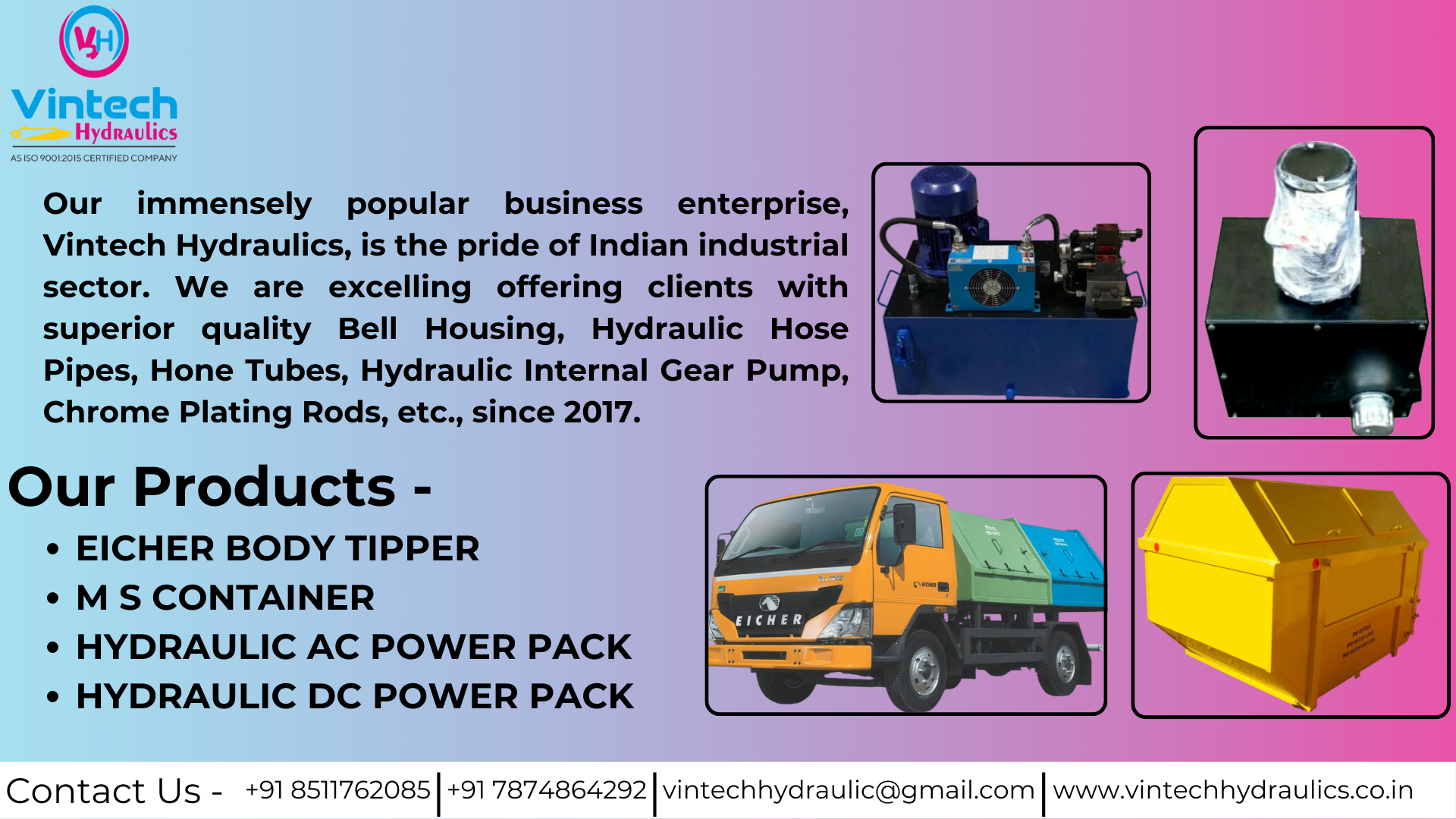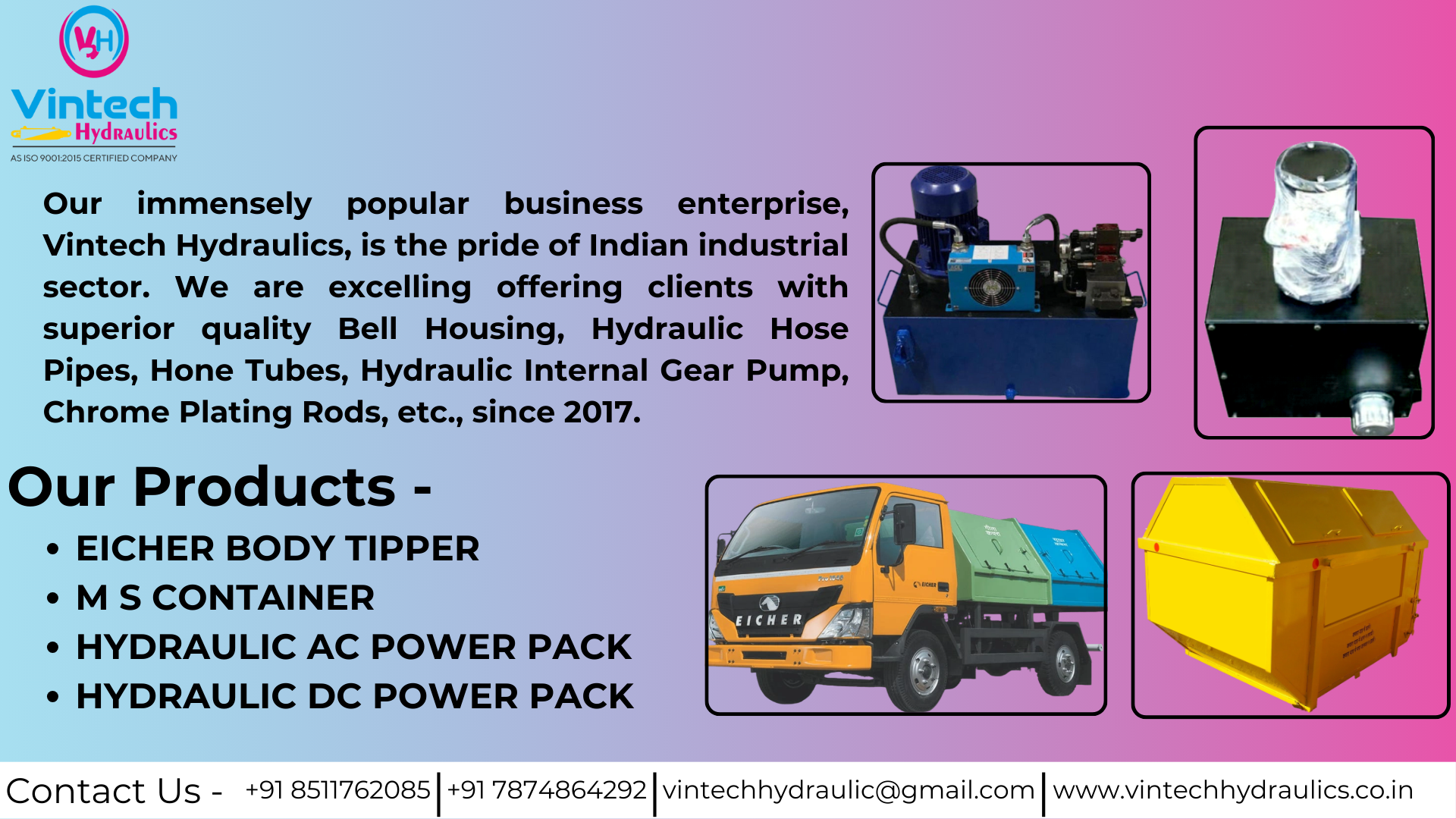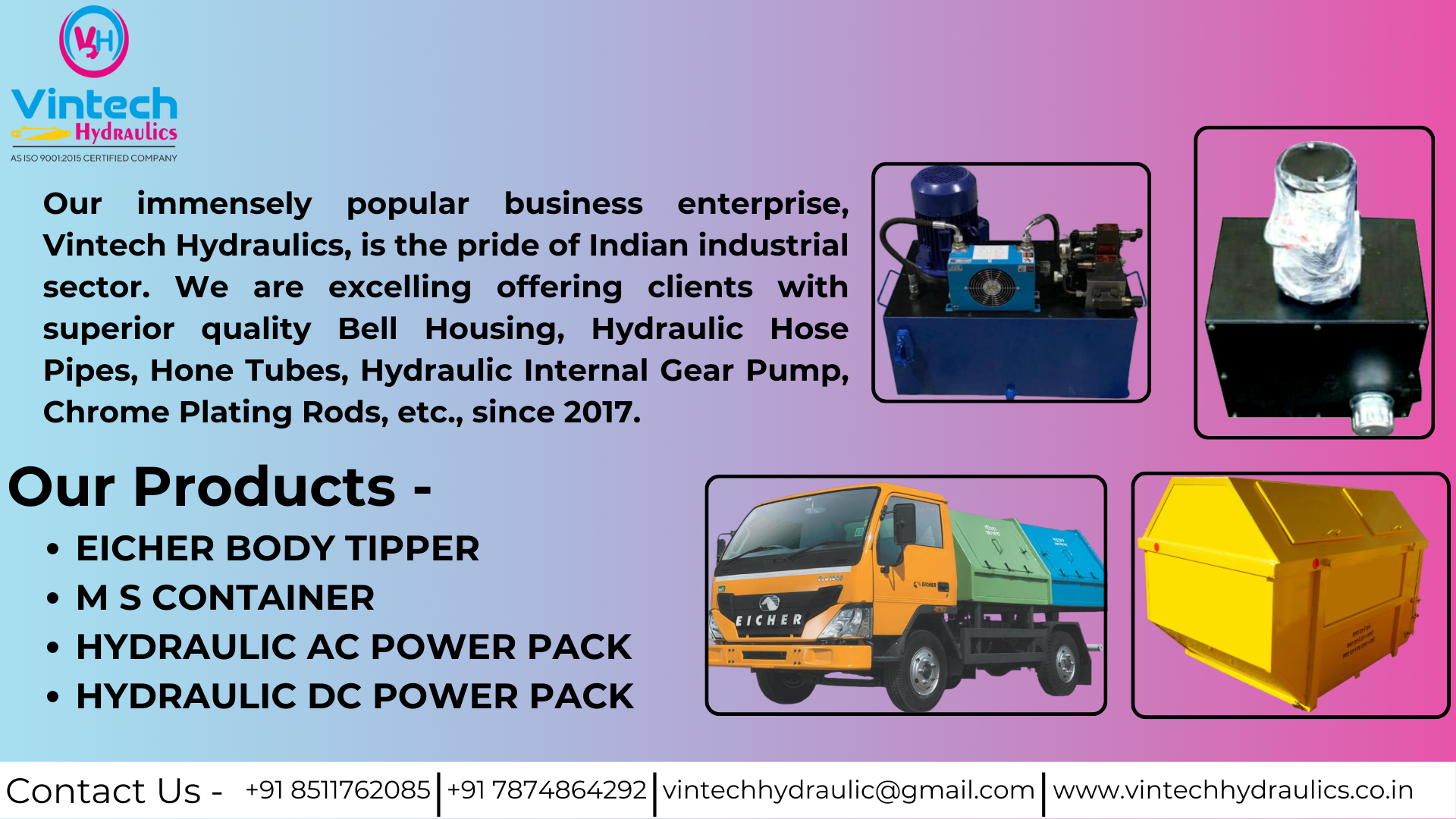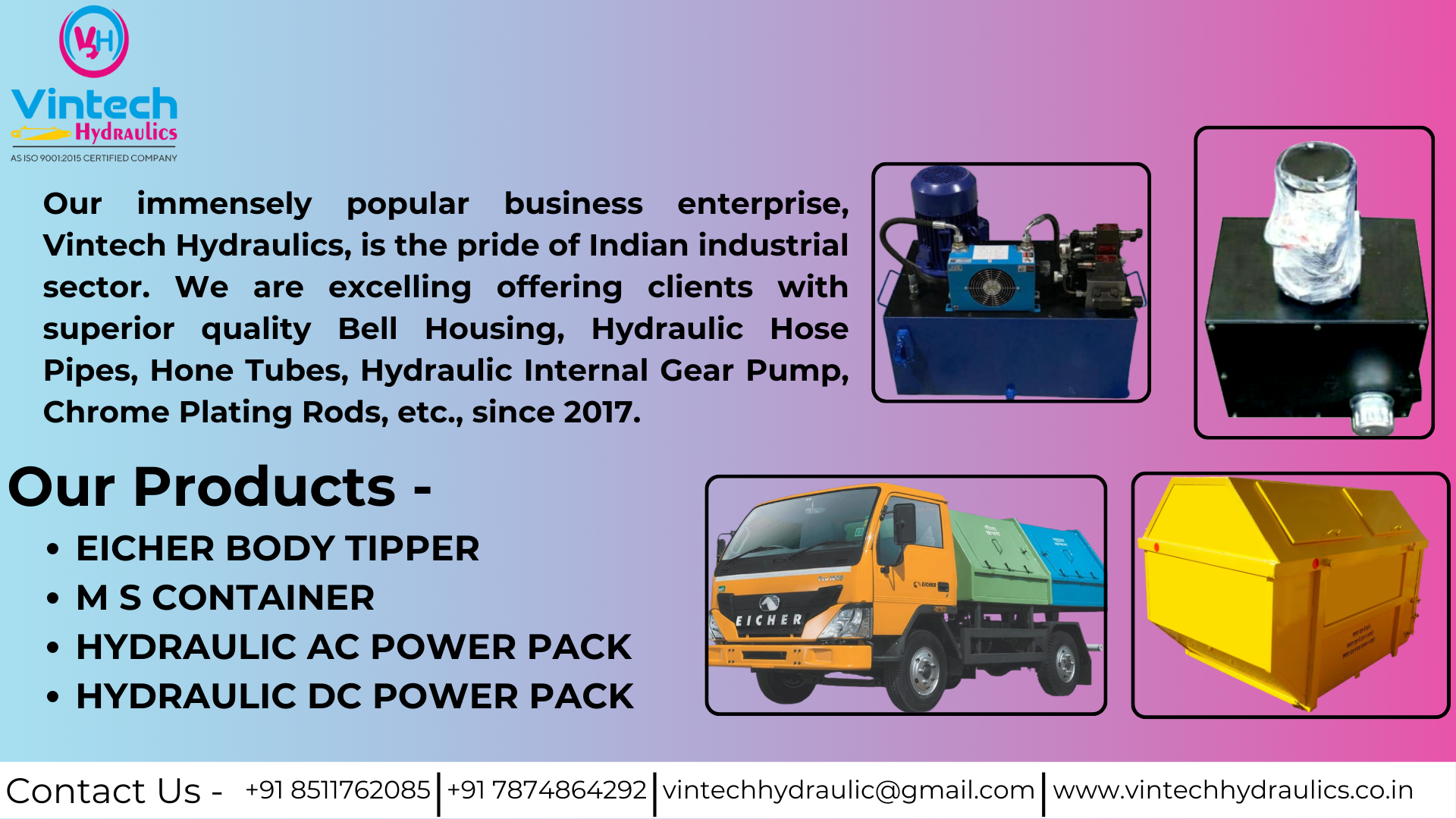
Tie Rod Hydraulic Cylinder
Tie Rod Hydraulic Cylinder
1. Introduction
A Tie Rod Hydraulic Cylinder is a type of linear actuator that uses hydraulic fluid to create force and motion in a straight line. It is uniquely built with steel tie rods that run the length of the cylinder body, holding the end caps tightly in place. These cylinders are common in industrial machines, construction equipment, and automation systems due to their ease of maintenance, high durability, and replaceable components.
Think of it as a robust, repair-friendly powerhouse used to push, pull, lift, or press heavy loads using hydraulic pressure.
2. Key Features
| Feature | Description |
|---|---|
| Tie Rod Construction | Uses threaded steel rods to hold cylinder ends tightly together |
| Steel or Cast Iron Body | Designed to withstand high-pressure environments (up to 3000 PSI) |
| Replaceable Seals & Components | Easy to repair and maintain |
| Double Acting Option | Can push and pull using fluid on both sides of the piston |
| Stroke Lengths | Available in various lengths from 25 mm to 3000+ mm |
| Mounting Flexibility | Front flange, rear clevis, foot mounts, center trunnion, etc. |
3. Specialities
-
Heavy-Duty Performance – Built for rugged industrial applications
Serviceable Design – Easy to disassemble, repair, and reseal
-
Modular Build – Configurable for different pressures, strokes, and mounting types
-
Leak-Proof Engineering – O-rings, wipers, and piston seals prevent oil leakage
-
Reversible Operation – Double-acting versions allow movement in both directions
4. Uses / Applications
| Sector | Applications |
|---|---|
| Industrial Machinery | Injection molding, press machines |
| Construction Equipment | Bulldozers, excavators, compactors |
| Material Handling | Stackers, lifters, dumpers |
| Automation Systems | Robotics, machine arms |
| Marine & Mining | Hatch actuators, mining tools |
| Concrete & Brick Plants | Compacting and pressing operations |
5. Advantages
| Advantage | Benefit |
|---|---|
| Easy Maintenance | Quick access to internal components |
| Replaceable Parts | Seals, rods, caps can be changed independently |
| Cost-Effective | Cheaper to repair than welded cylinders |
| Strong Structural Hold | Tie rods provide high tensile strength |
| Wide Configurability | Custom strokes, bore sizes, ports |
| Quick Assembly | Bolt-based assembly system speeds up production |
6. How It’s Made – Manufacturing Process
| Step | Description |
|---|---|
| Design & Sizing | Based on application force, stroke length, pressure rating |
| Tube Cutting & Honing | Cylinder barrel is cut and precision-honed internally |
| Rod Machining | Hard-chromed piston rod is ground and threaded |
| End Cap Fabrication | Caps are machined from steel/cast iron with tie-rod holes |
| Piston Assembly | Piston is fitted with seals, wear rings, and guide bands |
| Tie Rod Placement | Tie rods are inserted and tightened to torque spec |
| Testing & Inspection | Pressure, leak, and stroke tests performed under load |
| Painting & Packaging | Rust-proof coating and custom branding applied before shipping |
7. FAQs (Frequently Asked Questions)
What pressure can a tie rod cylinder handle?
Typically from 1500 PSI to 3000 PSI, depending on size and application.
Can I use it in outdoor environments?
Yes, but consider a corrosion-resistant coating and weatherproof seals.
Are tie rod cylinders repairable?
Absolutely. They are designed for disassembly, making seal replacement easy.
What's the difference between a tie rod and welded cylinder?
Tie rod cylinders can be opened and serviced; welded cylinders are sealed and more compact but harder to repair.
Is it available in custom sizes?
Yes, most manufacturers offer custom bore, stroke, and mounting options.
8. Importance in Industrial Use
-
Crucial for machines that require high-force linear motion
-
Reduces manual labor and enhances efficiency
-
Commonly used across multiple heavy industries
9. Conclusion
The Tie Rod Hydraulic Cylinder is a versatile, durable, and easy-to-maintain hydraulic actuator that plays a key role in industries ranging from manufacturing and construction to mining and logistics. With modular construction, high load capacity, and replaceable internal parts, it’s one of the most cost-effective and reliable solutions for converting hydraulic energy into linear motion.
Whether you need power, precision, or portability—tie rod cylinders deliver it all.
